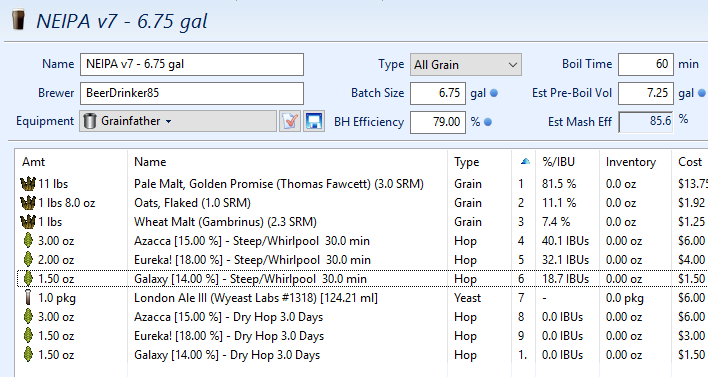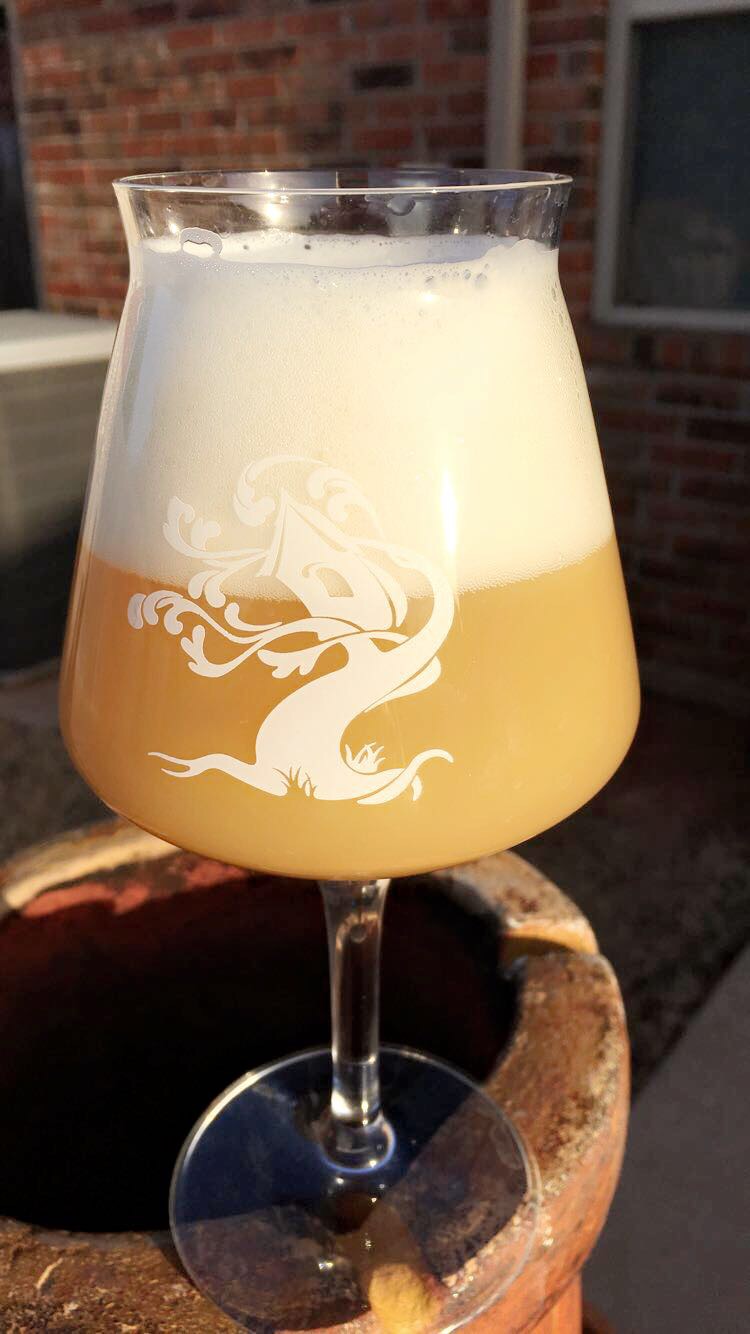Northern_Brewer
British - apparently some US company stole my name
If you're looking for help naming your new juice bomb : http://backuppint.com/ne-ipa-name-generator/
Seems to come up with either oddly mundane or overly long-winded names for me, the best I've had so far are Citra Cashola and Galaxy Moves Pants, which means something rather different in British English...
Seems to come up with either oddly mundane or overly long-winded names for me, the best I've had so far are Citra Cashola and Galaxy Moves Pants, which means something rather different in British English...




